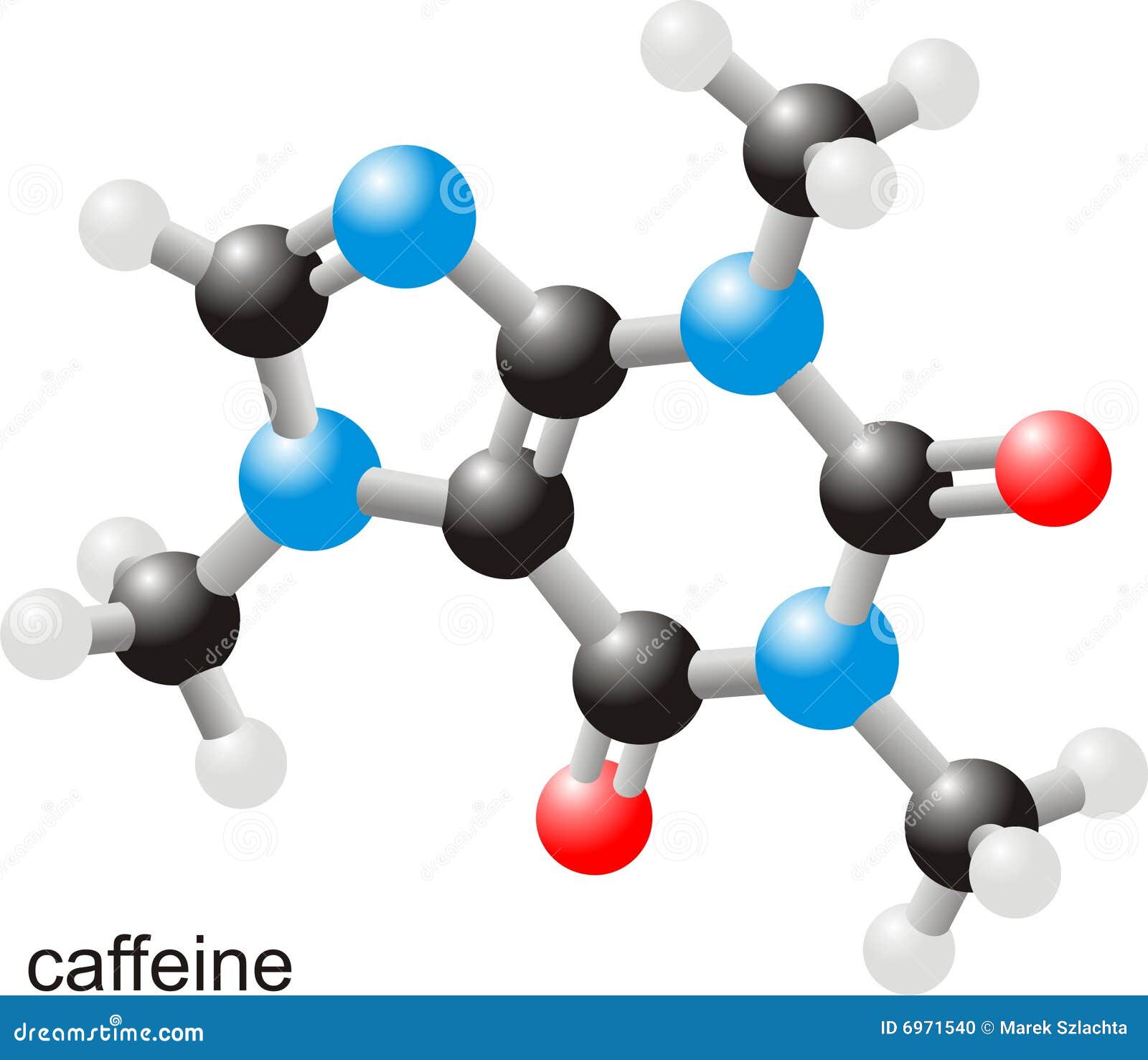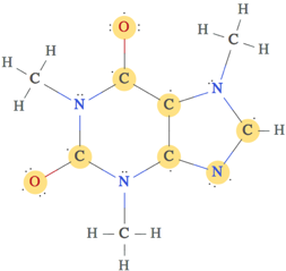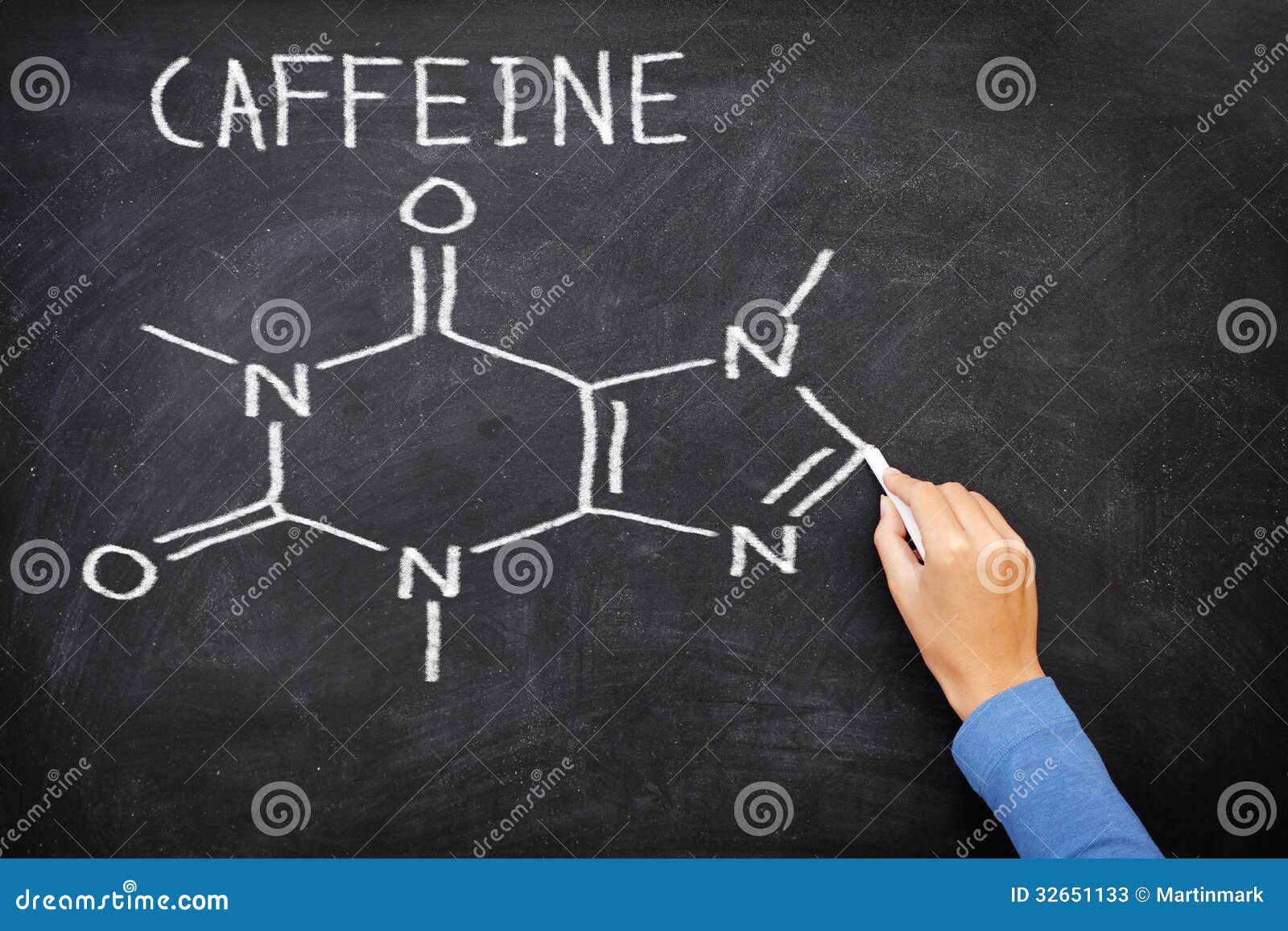
It says add an electronįor every negative charge. That's the four from silicon and then the 28 from the fluorines. But as you see, step one was, find the total number Home on what we just did, I will give you these steps, but hopefully you find So I would feel very confident in this being the Lewis diagram, sometimes called the Lewis structure, for silicon tetrafluoride. Each of those bonds have two electrons, so the silicon is also feeling And then the silicon isĪble to share in four bonds. Have eight outer electrons, eight valence electrons To share two electrons that are in a bond, so each of them can kind of feel like they

That are not in a bond, and then they're able We've already seen that the fluorines are feeling pretty good. The next thing to checkįor is how satisfied the various atoms are We wanted to account for all of the valence electrons. Six in this fluorine, so six times four, we've now accounted for 24 more electrons. Six in this fluorine, six in this fluorine, Now how many more electronsĪre now accounted for? Well, six in this fluorine, It already has two that it can share, so it needs six more, so let's add that. But fluorine, you want to get it to eight. In general we try to get the octet rule for any atom except for hydrogen. Those terminal atoms to having eight valence electrons. Rule of thumb would be, try to put those on those terminal atoms with the goal of getting So if we subtract eightįrom this, we are left with 24 electrons to accountįor, 24 valence electrons. Represent two electrons, so two, four, six, eight electrons. Have we accounted for? Well, each of these And this is another two electrons shared between thatįluorine and the silicon. This is another twoĮlectrons that's shared between this fluorine and this silicon. This represents another two electrons that is shared between thisįluorine and the silicon. That represents two electrons that are shared by thisįluorine and this silicon. So for example, this one right over here that I'm doing in yellow, Now each of these covalent bonds, each of these lines in our Lewis diagram, they represent two electrons. Just have single bonds between the silicon andĮach of the fluorines. Now the next step is, well let's just say for simplicity that we There, one fluorine there, one fluorine there,Īnd one fluorine there. So let's put silicon in the center, and then we have to put theįour fluorines some place. To put silicon at the center and make fluorine a terminal atom, something on the outside. Most electronegative element, and so we would at least try Periodic table of elements, fluorine is actually the And we've talked about this before, but you can even see from the Now the next step is to think about how might these be configured? And as a general rule of thumb, we'd wanna put the leastĮlectronegative atom that is not hydrogen at the center. So one silicon tetrafluoride molecule is gonna have four plusĢ8 valence electrons. Has seven valence electrons, but there are four of them.

A free, neutral fluorine atom, its outer shell is the second shell, and in that outer shell, it has one, two, three, four, five, six, seven electrons. To add the valence electrons from the four fluorines. So silicon here hasįour valence electrons, and then to that, we're going Periodic table of elements, and then you can see here that silicon, its outer shell is the third shell, and in that third shell it has one, two, three, four valence electrons.
#Caffeine structure polarity free#
Well, to think about that, we could think about how many valenceĮlectrons does silicon have, and then how many valence electrons does each of the fluorines have if they were just free atoms and neutral, and then multiply that times four, 'cause you have four fluorines. Many total valence electrons are involved in silicon tetrafluoride. That are of interest to us?" And if we're talking about the electrons that are likely to react, we're talking about the valence electrons, Now the first step is to say, "Well, what are the electrons So the first example that we will look at is silicon tetrafluoride, And so let's just start with an example, then we'll come up with some rules for trying to draw these Lewis diagrams. Of valence electrons various atoms might have.

They're nice ways of visualizing how the atoms in a moleculeĪre bonded to each other and what other lone pairs Lewis diagrams, which you've probably seen before. In this video we're going to think about constructing


 0 kommentar(er)
0 kommentar(er)
